Donate now to support the LLIFLE projects.
Your support is critical to our success.
Your support is critical to our success.
= Discocactus hartmannii (K.Schum.) Britton & Rose
Cactaceae (Backeberg) 3: 217. fig. 230. 1922 [12 Oct 1922] Backeb.
Accepted Scientific Name: Discocactus heptacanthus (Barb.Rodr.) Britton & Rose
Cactaceae (Britton & Rose) 3: 218, fig. 232. 1922 Britton & Rose
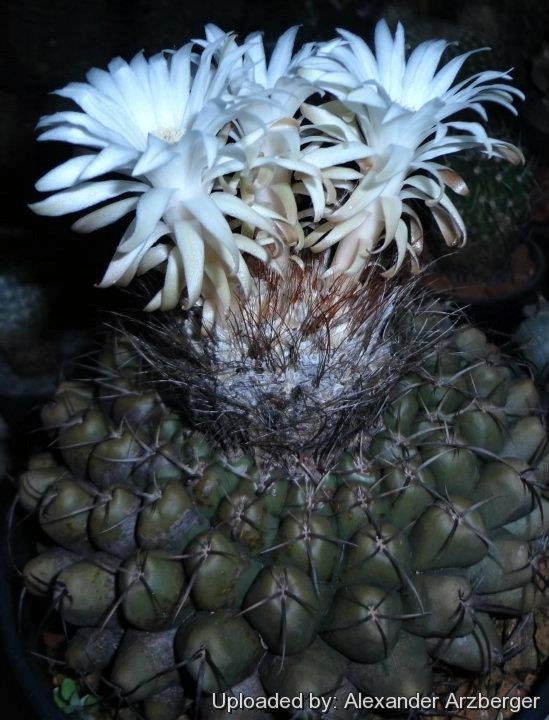
Neodiscocactus hartmannii (Discocactus hartmannii) Photo by: Alexander Arzberger
Synonyms:
- Discocactus hartmannii (K.Schum.) Britton & Rose
- Echinocactus hartmannii K.Schum.
- Neodiscocactus hartmannii (K.Schum.) Y.Itô
See all synonyms of Discocactus heptacanthus
back
Accepted name in llifle Database:Discocactus heptacanthus (Barb.Rodr.) Britton & Rose
Cactaceae (Britton & Rose) 3: 218, fig. 232. 1922
Synonymy: 50
- Discocactus heptacanthus (Barb.Rodr.) Britton & Rose
- Malacocarpus heptacanthus Barb.Rodr.
- Neodiscocactus heptacanthus (Barb.Rodr.) Y.Itô
- Discocactus boliviensis Backeb.
- Neodiscocactus boliviensis (Backeb.) Y.Itô
- Discocactus cangaensis Diers & Esteves
- Discocactus cephaliaciculosus Buining & Bredero ex P.J.Braun & Esteves
- Discocactus cephaliaciculosus subs. nudicephalus P.J.Braun & Esteves
- Discocactus crassispinus P.J.Braun & Esteves
- Discocactus crassispinus subs. araguaiensis P.J.Braun & Esteves
- Discocactus diersianus Esteves
- Discocactus estevesii Diers & Esteves
- Discocactus flavispinus Buining & Bredero
- Discocactus goianus Diers & Esteves
- Discocactus diersianus subs. goianus (Diers & Esteves) P.J.Braun & Esteves
- Discocactus diersianus var. goianus (Diers & Esteves) P.J.Braun & Esteves
- Discocactus griseus Buining & Bredero
- Discocactus catingicola var. griseus P.J.Braun & Esteves
- Discocactus hartmannii (K.Schum.) Britton & Rose
- Echinocactus hartmannii K.Schum.
- Neodiscocactus hartmannii (K.Schum.) Y.Itô
- Discocactus hartmannii subs. giganteus P.J.Braun & Esteves
- Discocactus hartmannii subs. setosiflorus P.J.Braun & Esteves
- Discocactus heptacanthus subs. melanochlorus (Buining & Bredero) P.J.Braun & Esteves
- Discocactus melanochlorus Buining & Bredero
- Discocactus heptacanthus var. riomortensis P.J.Braun & Esteves
- Discocactus heptacanthus var. semicampaniflorus (Buining & Bredero) P.J.Braun & Esteves
- Discocactus semicampaniflorus Buining & Bredero
- Discocactus lindaianus Diers & Esteves
- Discocactus magnimammus subs. bonitoensis Buining ex J.Theun.
- Discocactus hartmannii var. bonitoensis (Buining & Bredero) P.J.Braun
- Discocactus mamillosus Buining & Bredero
- Discocactus hartmannii var. mamillosus (Buining & Bredero) P.J.Braun
- Discocactus nigrisaetosus Buining & Bredero
- Discocactus catingicola var. nigrisaetosus (Buining & Bredero) P.J.Braun & Esteves
- Discocactus pachythele Buining & Bredero
- Discocactus paranaensis Backeb.
- Discocactus patulifolius Buining & Bredero
- Discocactus hartmannii subs. patulifolius (Buining & Bredero) P.J.Braun & Esteves
- Discocactus hartmannii var. patulifolius (Buining & Bredero) P.J.Braun
- Discocactus piauiensis P.J.Braun & Esteves
- Discocactus prominentigibbus Diers & Esteves
- Discocactus rapirhizus Buining & Bredero
- Discocactus catingicola subs. rapirhizus (Buining & Bredero) P.J.Braun & Esteves
- Discocactus silicicola Buining & Bredero
- Discocactus silvaticus Buining & Bredero
- Discocactus spinosior Buining & Bredero
- Discocactus squamibaccatus Buining & Bredero
- Discocactus squamibaccatus var. longiflorus P.J.Braun & Esteves
- Discocactus subterraneo-prolifer Diers & Esteves
Discocactus heptacanthus f. aurea hort.
Accepted name in llifle Database:
Discocactus heptacanthus subs. catingicola (Buining & Bredero) N.P.Taylor & Zappi
Cactaceae Consensus Init. 3: 7. 1997
Synonymy: 2
- Discocactus heptacanthus subs. catingicola (Buining & Bredero) N.P.Taylor & Zappi
- Discocactus catingicola Buining & Bredero
Discocactus heptacanthus subs. magnimammus (Buining & Bredero) N.P.Taylor & Zappi
Bradleya 9: 86. 1991
Synonymy: 4
- Discocactus heptacanthus subs. magnimammus (Buining & Bredero) N.P.Taylor & Zappi
- Discocactus hartmannii subs. magnimammus (Buining & Bredero) P.J.Braun & Esteves
- Discocactus hartmannii var. magnimammus (Buining & Bredero) P.J.Braun
- Discocactus magnimammus Buining & Bredero
back
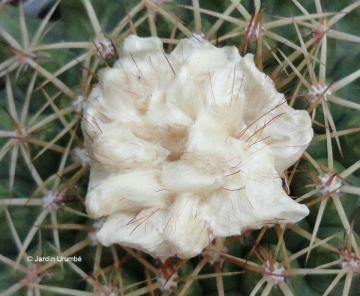
Neodiscocactus hartmannii (Discocactus hartmannii) Photo by: Alexander Arzberger
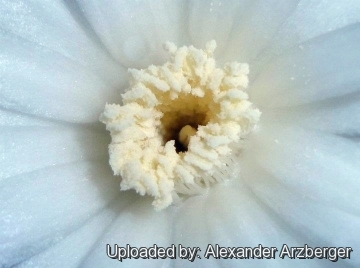
Neodiscocactus hartmannii (Discocactus hartmannii) Photo by: Alexander Arzberger
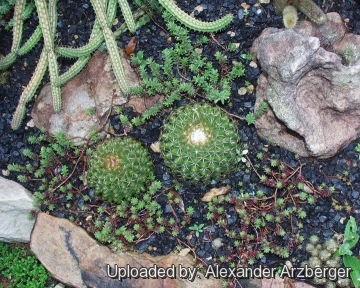
Discocactus hartmannii in the garden under the rain. (Discocactus hartmannii) Photo by: Alexander Arzberger
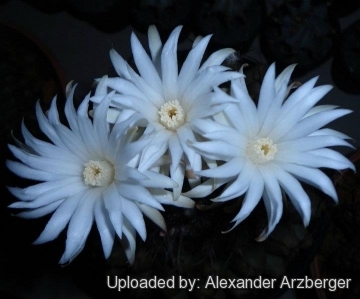
Neodiscocactus hartmannii (Discocactus hartmannii) Photo by: Alexander Arzberger
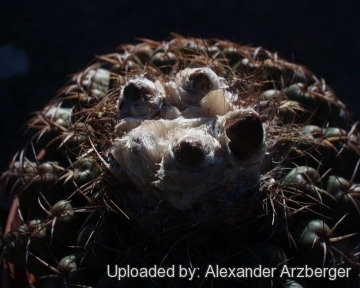
Discocactus hartmannii preparing for an intense flowering. (Discocactus hartmannii) Photo by: Alexander Arzberger
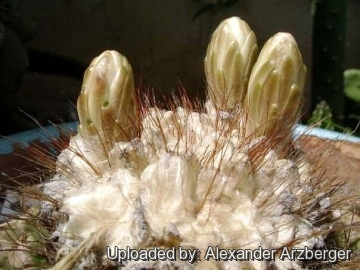
Neodiscocactus hartmannii (Discocactus hartmannii) Photo by: Alexander Arzberger
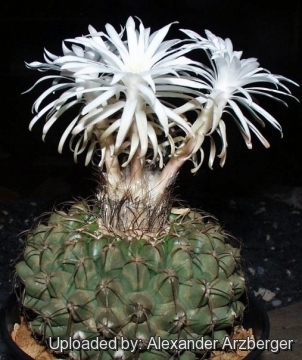
Neodiscocactus hartmannii (Discocactus hartmannii) Photo by: Alexander Arzberger
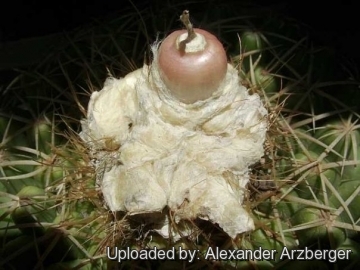
Neodiscocactus hartmannii (Discocactus hartmannii) Photo by: Alexander Arzberger
| Your Actions | |
|---|---|
| Back to Neodiscocactus index | |
| Back to Cactaceae index | |
 |
Back to Cacti Encyclopedia index |










